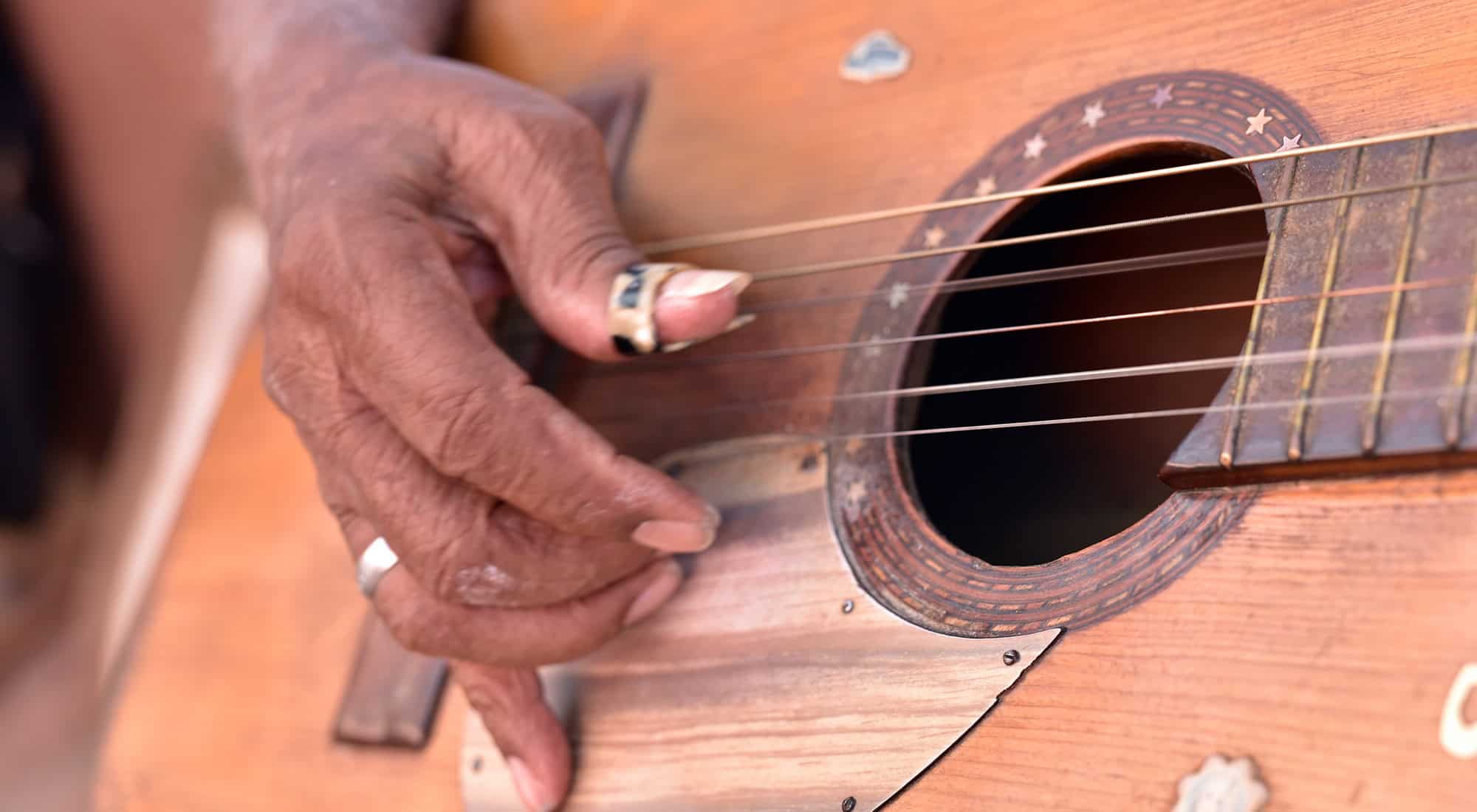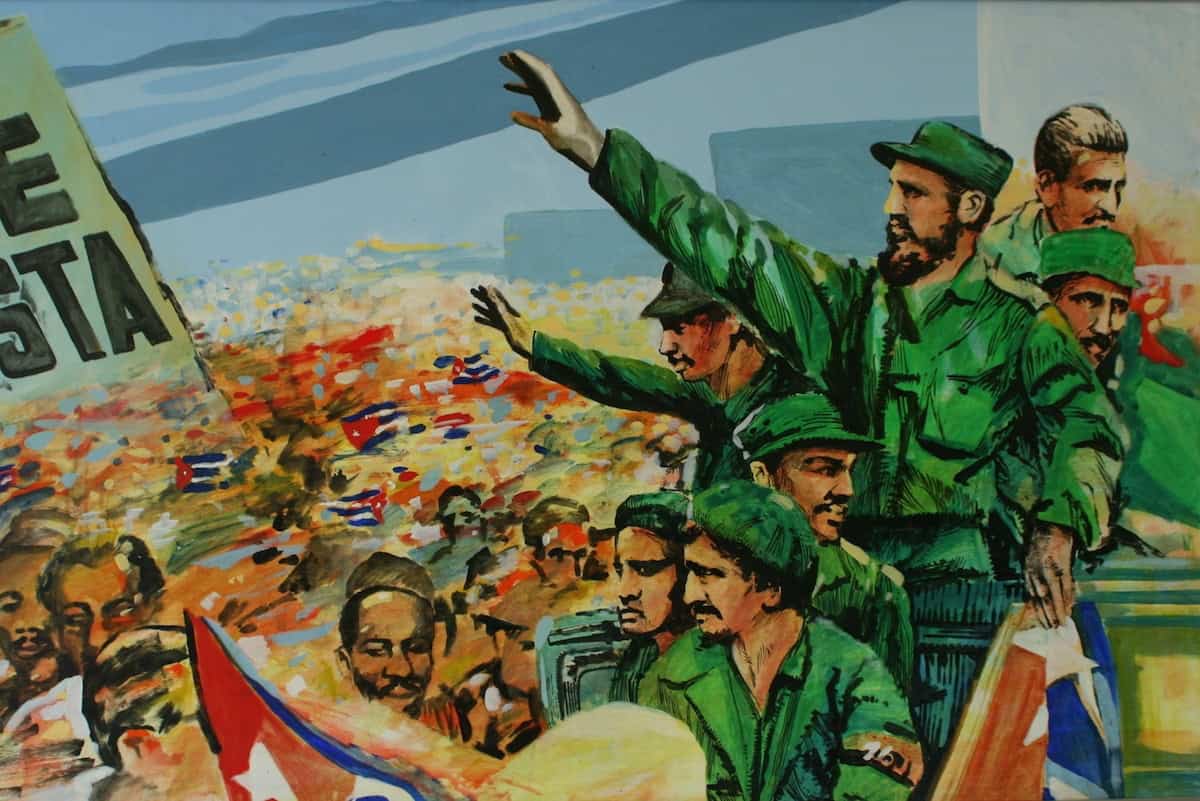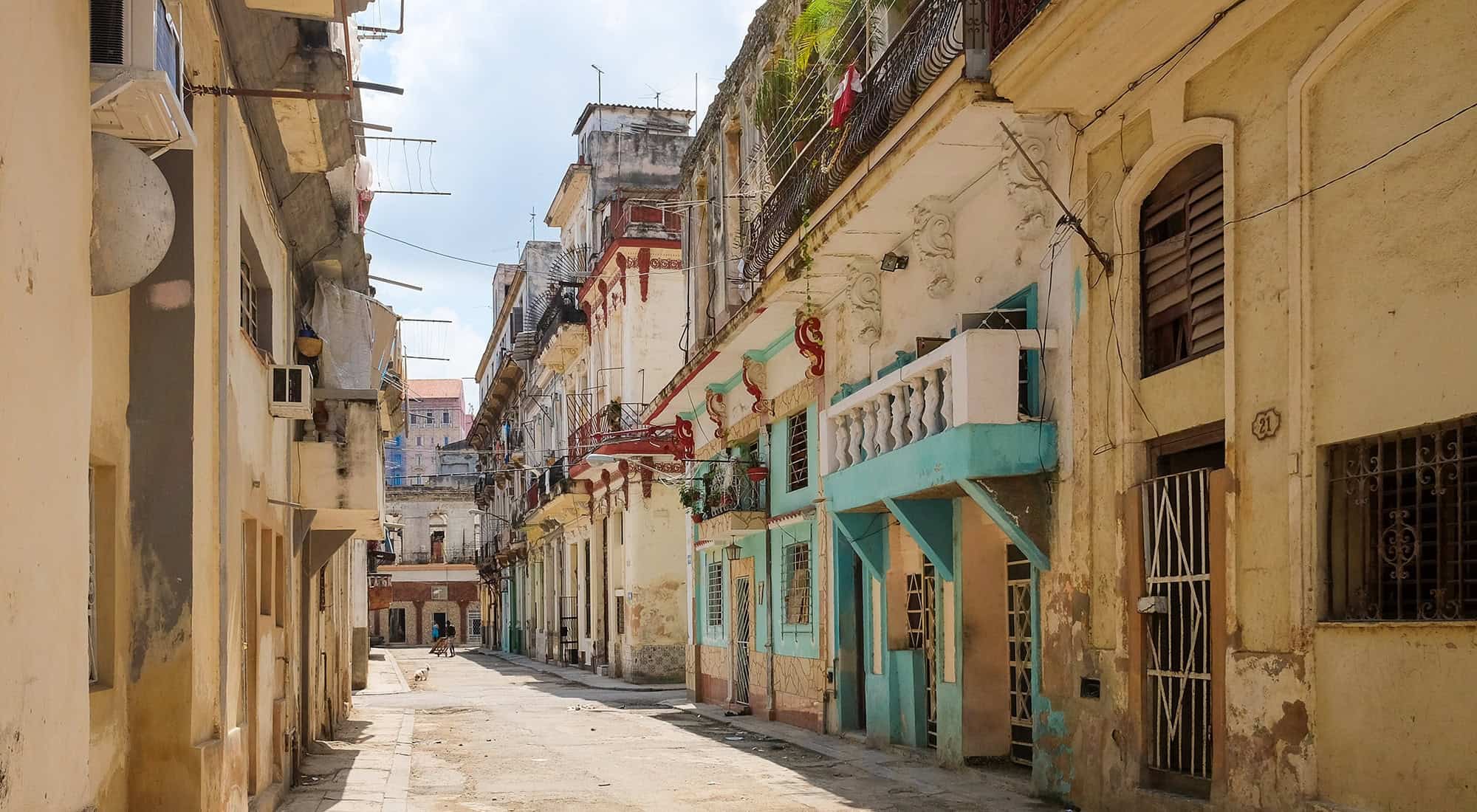Cuban music, famously vibrant, is a marriage of African rhythms, expressed in percussion instruments, and the Spanish guitar. It is accompanied by an equally strong tradition of dance.
Tradition and roots
There are four basic elements out of which all the other forms have grown. First of these is the rumba, one of the original black dances, which transferred from the plantations to the city slums around the end of the 19th century. Originating in eastern Cuba, son is the music out of which salsa was born. Buena Vista Social Club brought son to worldwide attention, while Los Van Van have long been the most popular exponents of salsa. Danzón was originally ballroom dance music and was the source for the cha-cha-cha, invented in 1948. The fourth tradition is trova, the itinerant troubadour singing ballads, which has been transformed post-Revolution into the nueva trova and made famous by singers such as Pablo Milanés and Silvio Rodríguez. The new tradition adds politics and everyday concerns to the romantic themes.
There are many other styles, such as the guajira (the most famous example of which is the song, ‘Guantanamera’), tumba francesa drumming and dancing, and Afro-Cuban jazz, performed by internationally renowned artists like Irakere and Arturo Sandoval.
Rhythm, ritual and reggaeton
From traditional son to Cuban rap via jazz and salsa, drums beat out the rhythm of the island’s Afro-Caribbean heritage. The sacred cueros batá (the three drums used in Santería rites) have been incorporated into mainstream bands, while performances of Yoruba and Congo devotional and profane song and dance are colourful spectacles, with Cubans fervidly chorusing the Santero chants and swaying to the infectious guaguancó. Carnival festivities are exuberant and colourful: the best is in Santiago in July, when rum-fuelled revellers take to the streets to dance the conga to earsplitting drum music. More recently, reggaeton, a fusion of reggae, rap, Latin and electronic rhythms, has taken dance floors by storm, despite official reservations about its ‘neoliberal’ influence. It is street music with raunchy lyrics and a sensual beat, hugely popular with young Cubans. Cuban reggaeton can’t be found in shops, nor on the radio; it is recorded independently at makeshift studios in people’s homes and is distributed via home-made CDs and flash memory sticks. However, it is not a subversive political movement, and one artist, Yoandys ‘Baby’ Lores, has even composed a song, ‘Creo’ (I believe), dedicated to Fidel Castro. Venues In every town there is a Casa de la Trova, where you can find old-timers crooning the traditional songs, and a club or disco where the local youth party until the small hours. Bars are patrolled by trios, or other small groups, playing all the old favourites and tunes on request while trying to sell their CDs. The Casa de Cultura in any town is always a good place to find out about local concerts and other events, which are often held in the open air, even in the atmospheric shell of a ruined building awaiting funds for restoration.










